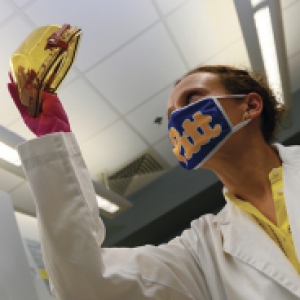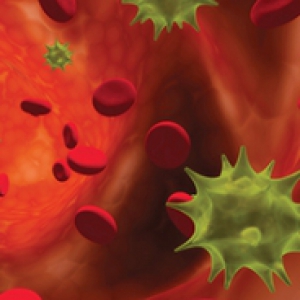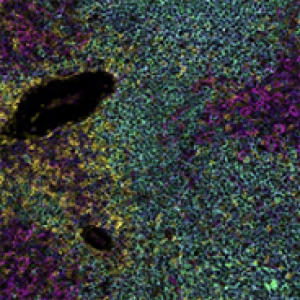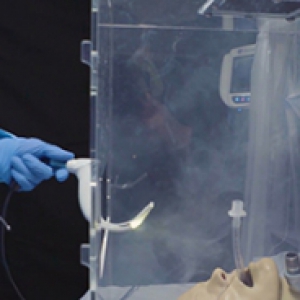The Plan for Pitt: Engage in Research of Impact

Tuesday, September 15, 2020
In a pair of studies, ecologist Jessica Stephenson found that both animals and humans instinctually hunker down in small groups when infection looms—but that impulse can come with a price.

Monday, September 14, 2020
The discovery in animals is being used to make a drug for potential therapeutic and preventive use against COVID-19 in humans.

Wednesday, September 9, 2020
A recent survey of University research-related staff and postdocs shows that nearly two-thirds of respondents felt that Pitt’s research restart had gone at least as well as or better than they expected.

Thursday, September 10, 2020

Wednesday, September 9, 2020
The National Institutes of Health has selected Pitt to lead a trio of Phase 3 clinical trials involving COVID-19 patients that will explore the use of blood thinners in saving lives and improving care.

Friday, September 4, 2020
The Human BioMolecular Atlas Program is developing an open, global platform to map healthy cells so doctors, scientists and educators can better understand disease and the workings of the human body.

Thursday, September 3, 2020
Intubating COVID-19 patients can be dangerous for the health care provider. A new biocontainment unit developed by a Pitt-UPMC team trapped more than 99.99% of simulated virus-sized aerosols and prevented them from escaping into the environment

Thursday, September 3, 2020
A study led by pathology’s Samira Kiani and published today in Nature Cell Biology showed that a new approach to CRISPR briefly suppressed genes to control the immune response in mice, making gene therapy delivery more effective.



